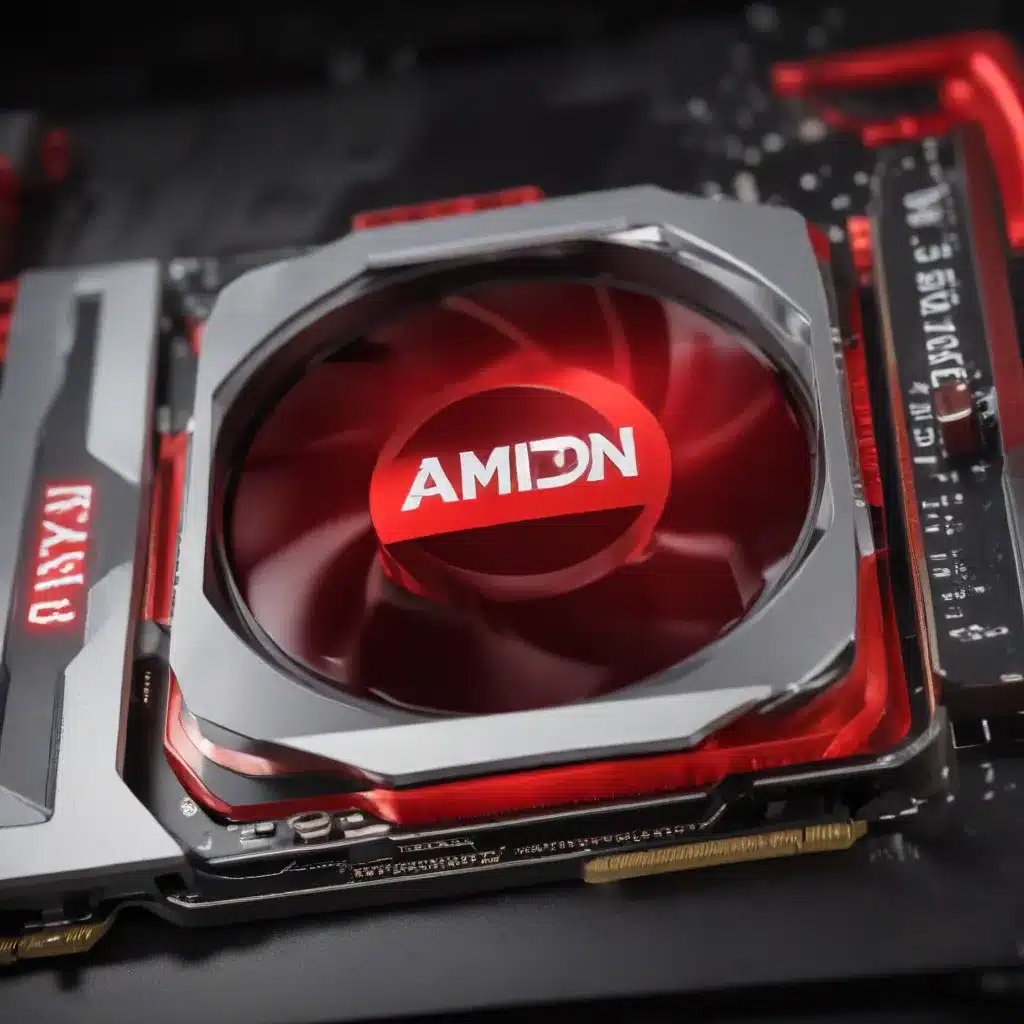
The Rise of Upscaling Solutions
In the ever-evolving world of gaming and computer graphics, the pursuit of higher resolutions, smoother framerates, and more visually stunning experiences has been a constant challenge. As hardware capabilities continue to advance, the demand for innovative technologies that can maximize performance and visual quality has grown exponentially. Enter AMD’s Radeon Super Resolution (RSR), a game-changing upscaling solution that has caught the attention of PC gamers and tech enthusiasts alike.
Understanding the Need for Upscaling
Traditional rendering techniques have long struggled to deliver the perfect balance between performance and image quality. As the resolution and graphical fidelity of games have increased, the hardware demands have skyrocketed, often leading to compromises in either visual quality or system performance. This is where upscaling technologies, such as AMD’s RSR, have emerged as a potential solution.
Upscaling techniques work by taking a lower-resolution image and intelligently expanding it to a higher resolution, often with minimal loss in visual quality. This allows gamers to enjoy the benefits of higher resolutions, such as sharper details and reduced aliasing, without the heavy performance hit that would typically come with rendering at those higher resolutions natively.
Introducing AMD’s Radeon Super Resolution
AMD’s Radeon Super Resolution (RSR) is the company’s latest foray into the world of upscaling technologies. Building upon the success of its previous FidelityFX Super Resolution (FSR) solution, RSR aims to provide a more seamless and versatile upscaling experience for gamers.
One of the key advantages of RSR is its cross-platform compatibility. Unlike NVIDIA’s DLSS, which is exclusive to RTX-enabled graphics cards, RSR is designed to work with a wide range of graphics hardware, including both AMD and NVIDIA GPUs. This means that even gamers with older or mid-range graphics cards can potentially benefit from the performance and visual improvements offered by RSR.
How RSR Works
At its core, RSR is a spatial upscaling technique, similar to FSR. It takes a lower-resolution image and applies a series of algorithms to intelligently upscale it to a higher resolution. Unlike temporal upscaling solutions like DLSS, which rely on analyzing previous frames and motion vectors, RSR operates on a single frame, making it more hardware-agnostic.
The key difference between RSR and FSR lies in the implementation. RSR is integrated directly into the graphics driver, allowing it to be applied globally across all games and applications, rather than requiring individual game integration like FSR. This makes it more convenient for users to enable and configure, as they can simply toggle it on or off through the Radeon software.
Comparing RSR to Other Upscaling Solutions
When it comes to upscaling technologies, RSR finds itself competing with a few other notable options, each with its own strengths and weaknesses:
| Feature | RSR | FSR | DLSS |
|---|---|---|---|
| Cross-Platform Compatibility | ✓ | ✓ | ✘ |
| Hardware Requirements | Broad GPU Support | Broad GPU Support | RTX-Enabled GPUs |
| Image Quality | Good, but can be improved | Good, with room for improvement | Excellent, with continuous refinement |
| Performance Impact | Relatively low, but varies | Relatively low, but varies | Relatively low, with potential for higher gains |
| Implementation | Driver-Level | Game-Specific | Game-Specific |
While DLSS may still hold the edge in terms of image quality and potential performance gains, the versatility and broad compatibility of RSR make it an attractive option for many gamers. And with AMD’s commitment to continuously improving the technology, it’s likely that we’ll see further advancements in the quality and efficiency of RSR in the future.
Practical Applications and Use Cases
The real-world applications of RSR are where the technology truly shines. By allowing gamers to effectively “punch above their hardware’s weight,” RSR opens up new possibilities for enjoying high-quality gaming experiences on a wider range of systems.
For example, a mid-range GPU that would struggle to maintain a smooth framerate at 1440p or 4K can now leverage RSR to upscale from a lower resolution, resulting in a significant performance boost without sacrificing too much visual fidelity. This is especially valuable for gamers on a budget or those looking to extend the lifespan of their existing hardware.
RSR also has the potential to benefit PC gamers who may be playing on lower-resolution displays, such as 1080p or even 720p. By upscaling the image, RSR can deliver a more visually appealing and sharper-looking experience, without the performance penalty that would come with rendering natively at higher resolutions.
Furthermore, RSR’s integration into the Radeon software suite makes it easy for users to experiment with different settings and find the optimal balance between performance and image quality. This level of control and customization is a valuable asset for PC enthusiasts who enjoy fine-tuning their gaming experience.
Unlocking New Possibilities in PC Gaming
AMD’s Radeon Super Resolution represents a significant step forward in the world of upscaling technologies. By offering a cross-platform solution that is accessible to a wide range of graphics hardware, RSR has the potential to democratize high-quality gaming experiences, empowering more gamers to enjoy visually stunning titles without sacrificing system performance.
As the technology continues to evolve and improve, we can expect to see RSR becoming an increasingly integral part of the PC gaming landscape. Whether you’re running a high-end rig or a more modest system, RSR can be a game-changer, unlocking new possibilities and elevating your gaming experience to new heights.
To explore the full potential of RSR, be sure to visit the IT Fix blog for the latest updates, tutorials, and in-depth analyses on this exciting upscaling technology.












